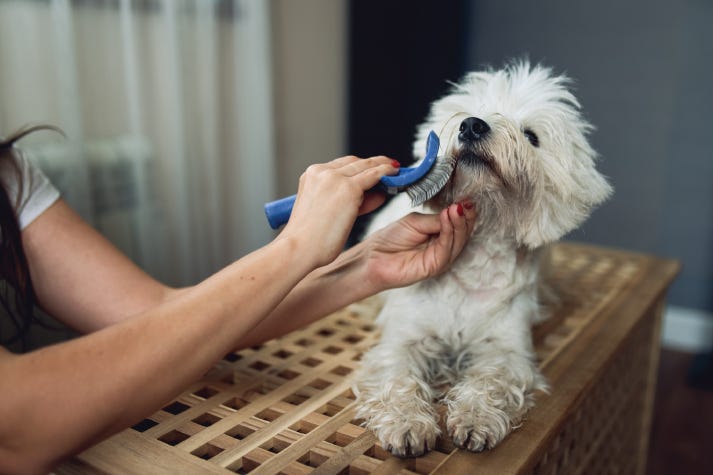
When you work with industrial liquids, you have to manage spills. Endless efforts go into safety and redundancy, but spills are an inevitability. Spill management is also regulated by law, so it’s doubly important. One of the great challenges is determining which aspects of containment are right for your work. Modern methods and tools are vast and diverse, so there is usually a perfect tool for every job. This guide is a great starting point to learn the basics and help you figure out what secondary containment will best work for you.
Dimensions
The first consideration for your secondary containment is the dimensions you need to cover. Are you aiming to keep a spill relegated to leaking equipment or storage units, or are you working on ground containment? What volume of liquid is capable of spilling? Do you need a portable response unit or are you making a permanent spill catch? These questions will get you started and help you choose from connectable berms, duck ponds, absorbent pads and adhesive seals. Options are abundant, so having an idea of how you want to approach containment in the first place is a good start.
Adversity
Aside from knowing how much containment you need, it’s also important to anticipate the adversity your containment tools will face. Weather, chemical abrasion and blunt force are the most common threats to your berms. Fortunately, there is a rating system that can help you quantify the durability of containment materials. The criteria are tensile strength, adhesion, cold crack, diffusion and chemical resistance. As you would expect, tensile strength tells how much force a material can withstand before tearing. Adhesion measures the bond strength of adjoining pieces and enables you to estimate conditions that might break through those joints. Cold crack is a temperature rating for cold weather (heat is a less common threat). Diffusion tells you how much of the liquid (typically fuels) will pass through material membranes. Chemical resistance is exactly how it sounds and details resistance to chemical corrosion.
In the end, you need to take a measured approach and draft a proper plan of action. You can consult industry experts like Asbestos survey and get a better idea of some of the most cost-effective methods that are still fully compliant. Take the time to do it right the first time, and you’ll be sure to save time and money in the long run. The last thing anyone needs is an uncontained spill and the myriad additional problems that come with it.








